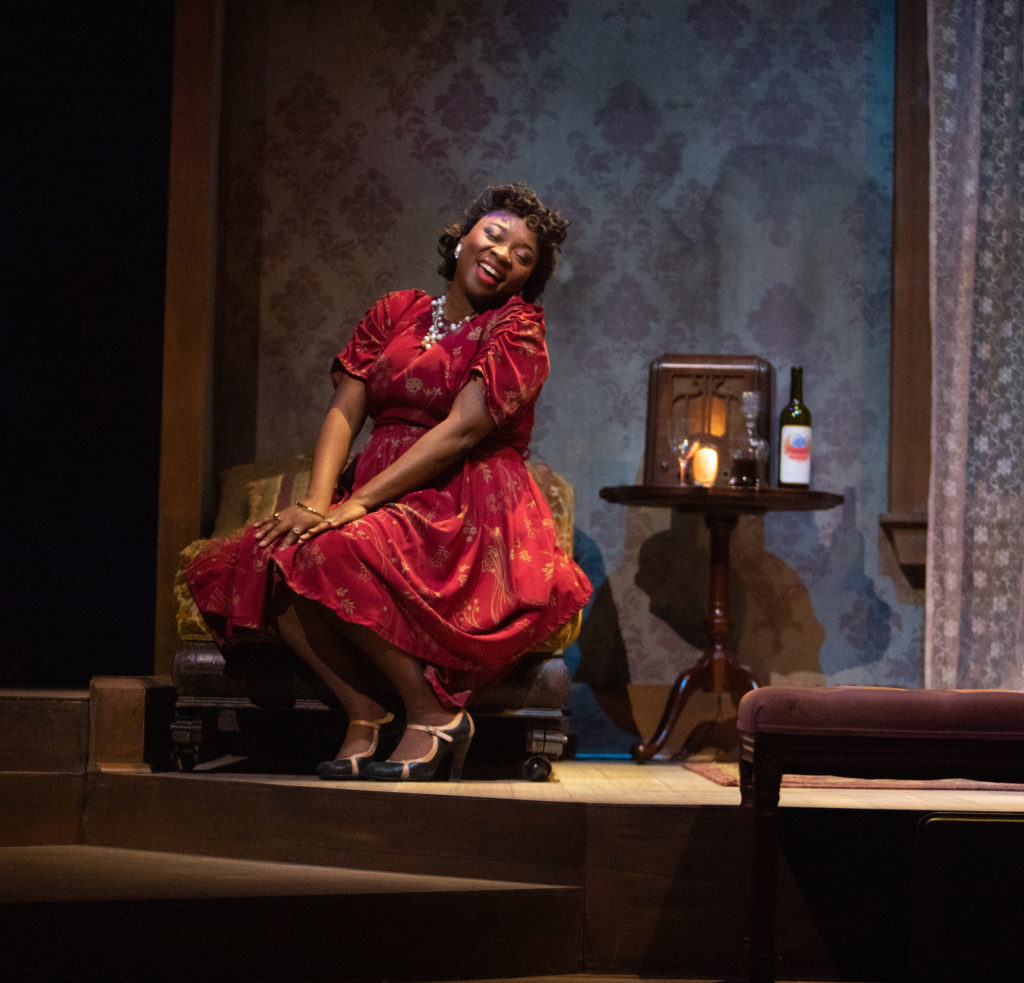
(Photo by Anthony La Penna)
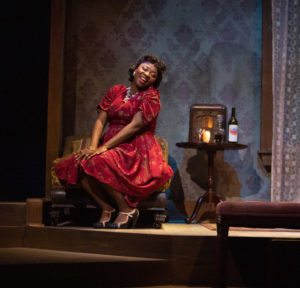
[rating=4]The year is 1938, and five people meet by chance at a cheap South Side Chicago hotel. Such is the pretext for the stellar theatrical performance “Blues in the Night”, brilliantly directed and choreographed by Kenny Ingram with music direction by David Fiorello. An eponymous 1941 film loosely becomes the inspiration for this show, which brings together many legendary musical compositions by such artists as Bessie Smith, Duke Ellington, Johnny Mercer, Vernon Duke, Ida Cox, Jimmy Cox, Gordon Jenkins, Harold Arlen, Alberta Hunter, and so many more! Songs that they popularized are sung by a cast of wonderful vocalists, made up of Felicia P. Fields (The Lady from the Road), Donica Lynn (The Woman of the World), Clare Kennedy (The Girl with a Date), and Evan Tyrone Martin (The Man in the Saloon). Produced by Porchlight Music Theatre, “Blues in the Night” powerfully relives a twentieth-century history where the black/white cultural divide was bridged by music: in this case, the genre called the blues. We listen to some very sad stories and song lyrics about love, loss, the meaning of life, and what it means when others don’t give a damn. The piece d’ resistance is watching the nimble Terrell Armstrong (“The Dancing Man”) slink through his moves with such finesse and charm that would have made Michael Jackson envious.
The show’s first act is fantastic and is punctuated by moments of laughter, such as when Fields (in her contralto voice) belts out such numbers as “Take Me for a Buggy Ride.” The second act might be even better, with such hits as “Dirty-No-Gooders Blues” and “Wasted Life Blues.” Fields’ and Martin’s vocals are particularly resonant and rousing throughout the show. Yet the show becomes exceptional when all of the singers blend their voices together. They are backed up by an extraordinary five-man blues band, led by conductor and assistant music director Maulty Jewell IV. Members consist of Jewell (piano), Rafe Bradford (bass), Ricardo Jimenez (trumpet), Darius Hampton (saxophone), and Harold Morrison (drums), all of whom enthrall us with their flair, nuance, and sizzle.*
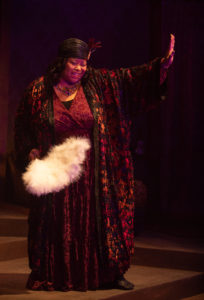
This two-hour performance (plus intermission) features a stationary yet versatile and imaginative set, namely, the interior of a cheap hotel with rooms having non-existent walls between them. Credit must go to Angela Weber Miller for creating a perfect scenic design, together with properties designer Caitlin McCarthy. Ruben Echoles, the costume and wig designer, has splendidly outfitted and coiffed the entire group befitting the late 1930s. Kudos in particular must go for Fields’ costume change in the second act, where she wears a stunning black gown and gorgeous diamond accessories. Er`ic Backus’s sound design is nicely suited to this type of performance, and its execution by Matthew Chase, the audio engineer, is well done (though a pair of earplugs might be in order). Brandon Wardell’s lighting design, with lighting supervision by Rachel West, is effective. In addition, the work of assistant choreographer Ariel M Dorsey has helped make the show into a superior product.
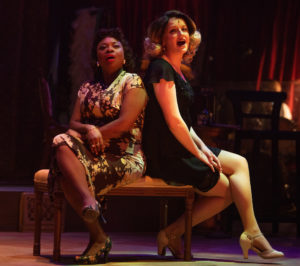
Conceived by Sheldon Epps, “Blues of the Night” is a perfect event to take in for Black History Month—and at any time of the year. And speaking of history, watching this performance at this moment in time means noticing an incredible coincidence. The dateline of the show is on the eve of what later became World War II, while today we are seeing this production on the eve of what could become World War III. Today there are currently 80,000 American troops in Europe, including those permanently stationed on the continent. An additional 3,000 have been sent overseas within the last two days to shore up NATO’s eastern flank. They will be mostly stationed in Poland, potentially to counteract any sort of Russian incursion into the Ukraine. Even though the prospect of imminent war has all of us on edge and singing the blues, this show is a lot better than that. It incorporates a lot of optimism, humor, and style. Not only does it feature a one-of-a-kind repertoire of music from a previous generation but also great vocals with magnificent dancing. This is a fiery presentation that you shouldn’t miss. By the end of the evening, you’ll forget all your troubles. You’ll find yourself clapping your hands, bouncing in the aisles, and jumping like a flea on a hot stove.
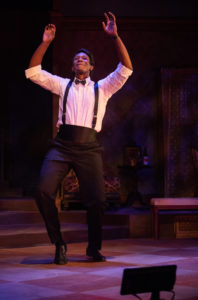
“Blues in the Night” is playing at the Ruth Page Center for the Arts, 1016 N. Dearborn Street, Chicago, through March 13, 2022.
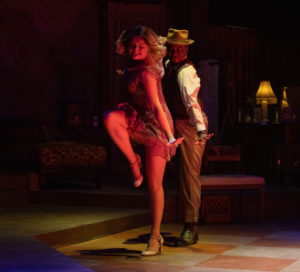 Tickets are: $25-$74.
Tickets are: $25-$74.
Performance schedule:
Fridays – 8:00 p.m.
Saturdays – 3:00 p.m.
Sundays – 2:00 p.m.
Thursday, February 17 matinee – 1:30 p.m.
Thursday, February 24, March 3, and March 10– 7:00 p.m.
For further information about this show and to purchase tickets, go to: https://porchlightmusictheatre.org/events/blues-in-the-night/ or contact the box office at (773) 777-9884.
To learn more about Porchlight Music Theatre and other shows this season, please go to: https://porchlightmusictheatre.org/.
Note that a limited number of tickets may be on sale for $25 on the day of select performances.
Rush tickets are subject to availability and limited to two (2) per person. All handling fees apply. When these tickets are available, they may be purchased directly through the box office, either in person or via phone at 773-777-9884, open each day at noon.
Also note that there is a discounted price of $30 for certain performances during Chicago Theatre Week (February 17 through 27) for specially marked seats, using the discount code CTW22. Contact the box office directly at 773-777-9884 to learn more.
To see what others are saying, visit www.theatreinchicago.com, go to Review Round-Up and click at “Blues in the Night”.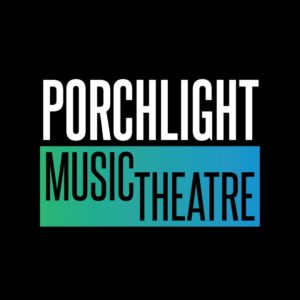
*Coincidentally, my guest asked me afterwards if I ever comment on the playbill distributed at the show or online. My answer was that I’ve never done so before, because I base my review on watching the show itself. However, I am making an exception today: The name of percussionist Harold Morrison was apparently omitted from the printed program.


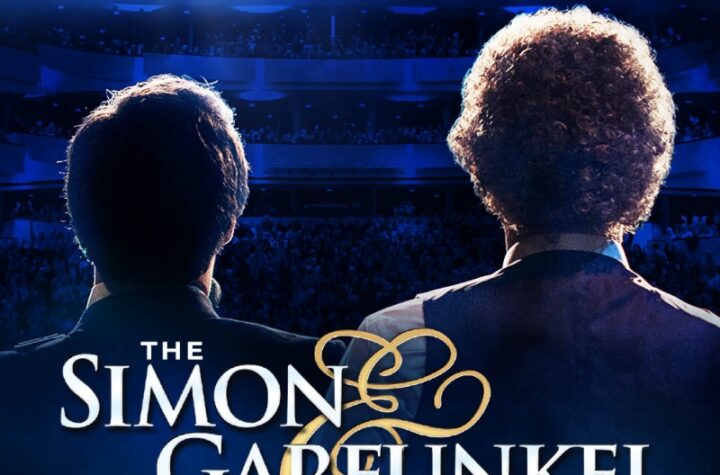
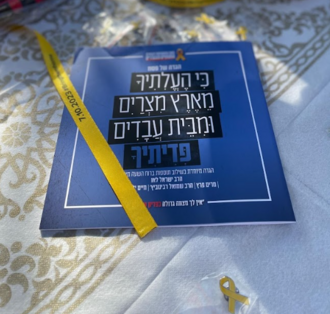

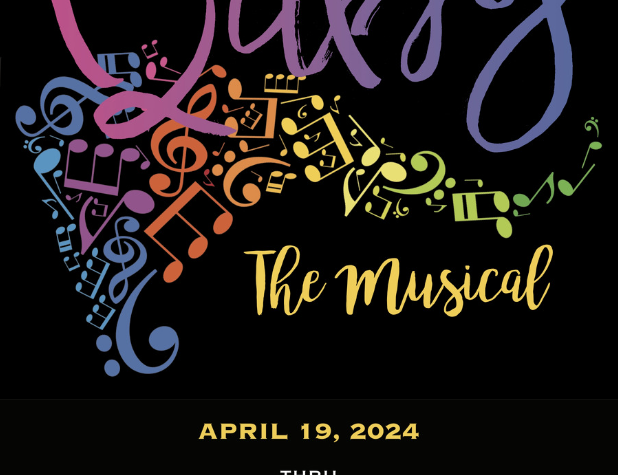
More Stories
“How to Know the Wild Flowers: A Map” reviewed by Julia W. Rath
“Baby: the Musical”
“Nana” reviewed by Jacob Davis